photographic community regarding a few terms that might sound a little
odd or strange, like “mirrorless” or “micro four thirds.” These refer to
different types of cameras that might not be as popular as standard
DSLR models right now, but many think are the future of photography.
However, just understanding what everything means can be an exercise in
frustration, especially when all you likely want to do is buy a camera
you can enjoy using.
To that end, I’m going to try and dispel a bit of the confusion
regarding mirrorless cameras and hopefully give you some information so
as to make an informed choice the next time you are in the market for a
new piece of photography gear. We’ll explore some of the history of how
cameras are constructed, as well as discuss some of the benefits and
drawbacks to this new technology, but I’m going to stop short of making
the subjective judgement call about whether mirrorless cameras are
better than DSLRs. For me it’s not about which camera is better than the
other, it’s about finding one that works with your style and lets you
shoot the photographs you want. You can debate all this in the comment
section if you like, but what I’m here to do is simply present
information and try to be as unbiased as possible.
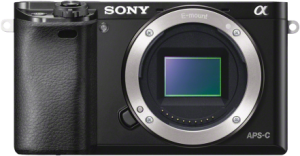 The Sony a6000 mirrorless camera has all the features of most standard DSLRs, but is much smaller and weighs far less. (Image courtesy Sony)
The Sony a6000 mirrorless camera has all the features of most standard DSLRs, but is much smaller and weighs far less. (Image courtesy Sony)What is a mirrorless camera?
To understand the word mirrorless it helps to know a bit about theway most DSLR cameras are built. Almost all Canon, Nikon, Sony, and
Pentax interchangeable-lens cameras share a similar industrial design:
light enters through the lens and gets bounced off a mirror, through a
special prism, to end up at the viewfinder. When you click the shutter
button, the mirror flips up, which allows light to hit the actual image
sensor on the camera, and voila your photograph is taken. This process
might seem like a high-tech solution, but it’s actually a bit of an
anachronism. Long before digital cameras existed, most of their
film-based counterparts employed this same method to get light to the
viewfinder, because it was a useful way to compose your photo before
clicking the shutter. But thanks to advances in modern technology, this
flip-up mirror method is no longer necessary, and a whole new breed of
cameras is beginning to make inroads into modern digital photography.
These new models have no flip-up mirror, and thus the term “mirrorless”
was born.
There are many different types of mirrorless cameras on the market:
some have interchangeable lenses, others offer a single built-in lens,
and some with their own types of image sensors and other characteristics
that are suited to more niche markets. But the one thing they all have
in common is the absence of a flip-up mirror.
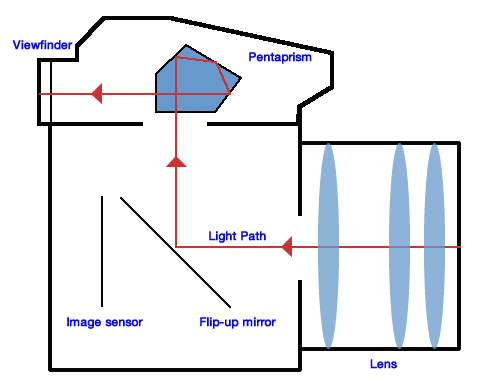
smartphone cameras are mirrorless, as are most point-and-shoot models.
Instead of a tiny little viewfinder that you hold up to your eye, you
can see a preview of your image right on the phone or on the back of the
camera itself. And if you like shooting your DSLR in “Live View” mode,
where you look at the rear LCD screen to compose your shots instead of
the viewfinder, you are essentially using it as a mirrorless camera
already. (The click you hear when you enter Live View is the mirror
flipping up. It stays like that until you exit Live View.) In fact, many
of the higher-end mirrorless cameras have even gone so far as to
replicate the traditional eyepiece viewfinder, but instead of reflecting
incoming light from a mirror, it simply shows a very tiny version of
what would normally be displayed on the back of the camera.
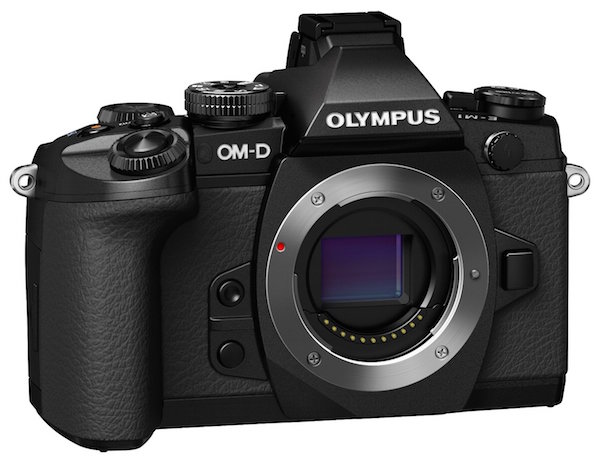
Sensor size
Another component of mirrorless cameras that is a bit more technical in nature, but just as important to understand, is that of sensor size.In digital cameras the image sensor is essentially a piece of digital
film that captures light, in much the same way actual film does.
Full-frame DSLR cameras have image sensors that are the same size as a
piece of 35mm film, but most consumer-grade DSLRs, and virtually all
mirrorless models, are crop-sensor cameras. This means that the image
sensor is smaller, which has two notable implications:
- They are not as sensitive to incoming light as full-frame cameras.
- They affect the way lenses behave when it comes to focal lengths and depth of field.
developed by Olympus and Panasonic called Micro Four Thirds, which
refers to the size and shape of the image sensor itself as well as the
types of lenses that can be used on these models. Other mirrorless
cameras use an APS-C sensor, which is the same size sensor used in
common DSLRs such as the Canon Rebel T5i and Nikon D3200 (however, even
Canon and Nikon use slightly different image sensor sizes), but there are some models such as the Sony A7R that use full-frame sensors as well.
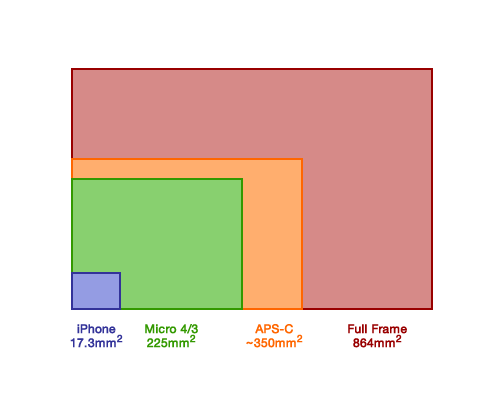
terms of surface area, full frame image sensors reign supreme. But
cameras with smaller sensors are still quite capable, and there is more
to a camera than the size of its sensor.
four thirds or APS-C) reach the same high ISO sensitivities as
full-frame models, many of them today are perfectly capable of shooting
at values such as 3200 or 6400 without too much degradation in image
quality.
As for the lens behavior, shooting on a crop sensor camera means that
your focal lengths will not look the same as on a full-frame camera.
For example, on a micro four thirds camera a 30mm lens behaves similar
to a 60mm full-frame lens. A 100mm lens acts like a 200mm, and so on.
For most people this is fine, and they learn to adapt to the differences
in lens behaviour over time. For some photographers this a significant
detriment that, combined with how depth of field behaves a little
different on crop versus full frame cameras, ends up being a deal
breaker.
As I mentioned earlier, it’s not about finding out which type of
camera is better – that question is unanswerable. Instead, it’s
important to simply know the various details of micro four thirds and
other mirrorless cameras, in order for you to make an informed decision
if you are thinking about purchasing new gear.
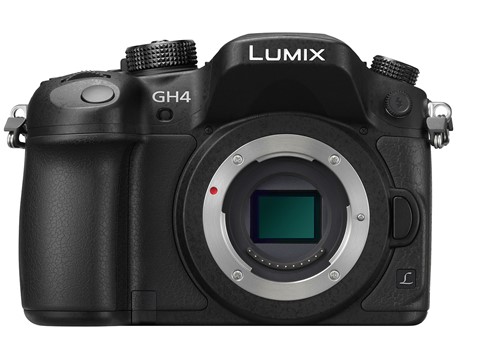
though the Panasonic Lumix GH4 is uses a smaller micro-four-thirds
sensor, it produces photos on par with most APS-C sensors and even
shoots 4K video. (Photo courtesy of Panasonic)
is their price; they are significantly cheaper than their full-frame
counterparts. The cheapest full-frame camera costs around $1500 and they
can easily cost many times that amount. On the other hand, some micro
four thirds models start at a couple hundred dollars which makes them
much more affordable for most people. It’s important to know that
mirrorless cameras are not just for beginners, or those who like to
shoot in Auto. Many photographers are buying these cameras, and some
professionals have even switched entirely from heavy, expensive, DSLR
models to their much lighter and more portable mirrorless counterparts.
As you can see, thanks to advances in modern technology the age-old
flip-up mirror design in most cameras is not really needed anymore, but
we are still a little way off from mirrorless replacing traditional DSLR
designs entirely.
Benefits of mirrorless cameras
These new types of cameras offer some significant benefits overtraditional DSLRs, but come with some important limitations as well.
Remember, we’re not here to discuss which one is better – that’s
something that only you can answer, given your unique needs as a
photographer. It is important to know that mirrorless cameras do have
some notable selling points, but also some drawbacks as well.
Perhaps the most significant difference between mirrorless and
traditional DSLRs is their size: because the flip-up mirror mechanism,
combined with the light-reflecting prism, are no longer needed these
cameras are typically much smaller in size and weigh less too. This can
be important if you are someone who likes to take your camera with you
wherever you go, especially if the weight of your DSLR starts to drag
you down after a day of shooting. It also means the lenses are smaller
too, so you can fit several in your camera bag whereas before you might
have only had room for one or two.
More accurate image preview in the viewfinder
Another benefit that mirrorless cameras enjoy over DSLRs, is aviewfinder that displays a more accurate representation of what your
final photograph will look like. If you look through the viewfinder of
your DSLR and adjust settings like ISO, aperture, and shutter speed, you
might notice that the image in the viewfinder doesn’t change. It’s not
until you actually take a photograph that you see what effect your
alterations had on the photograph. At that point you can look at the
picture on the rear screen and judge whether you need to change things
for subsequent pictures. Because mirrorless cameras use electronic
viewfinders, you can see in realtime the effect that things like
aperture and ISO adjustments will have on your pictures before you press
the shutter. This can have a dramatic effect on how you shoot, as it
removes some of the guesswork with your camera settings.
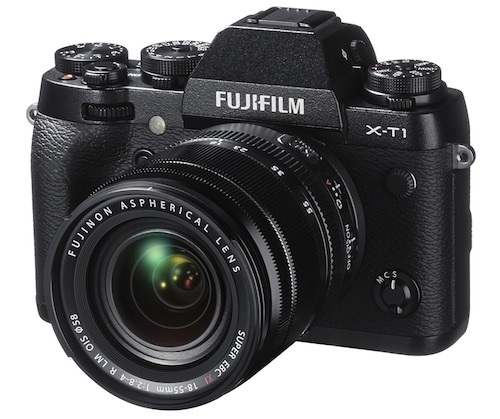
mirrorless Fuji XT1 uses an APS-C size sensor but is much smaller than
traditional DSLRs, making it a compelling option for photographers who
value portability along with excellent image quality. (Photo courtesy of Fujifilm)
Focus peaking and sound
There are other benefits to mirrorless cameras as well such as focuspeaking (the ability to see, when focusing manually, the exact pixels on
your image that are in focus), quieter operation due to the lack of a
flip-up mirror, and fewer overall moving parts which means a longer
theoretical lifespan. But in order to get an accurate view of the
situation, let’s take a look at some of the disadvantages as well.
Drawbacks of mirroless cameras
Things are looking quite promising over in Mirrorless Land, but it’snot all sunshine and roses just yet. There are some notable drawbacks to
this technology, and if you don’t look at all the details you might end
up with a camera that is ill-suited to your needs as a photographer.
Battery life
Currently one of the most significant limitations is that of batterylife: they just don’t last as long. The only time a traditional DSLR
draws power, when not in Live View mode, is when it is actively metering
the scene or writing picture data to the memory card. No power is used
at all if you hold the camera up and look through the viewfinder, and
because of this it is fairly common to get up to a thousand pictures or
more on a single battery charge. Power usage is a bit different on
mirrorless cameras for two reasons. First, batteries are smaller because
the cameras themselves are smaller, and second they essentially operate
in live view mode 100% of the time. Mirrorless cameras generally get a
couple hundred shots on a single battery charge, which is nothing to
sneeze at, but nonetheless a significant difference between them and
their old-school brethren.
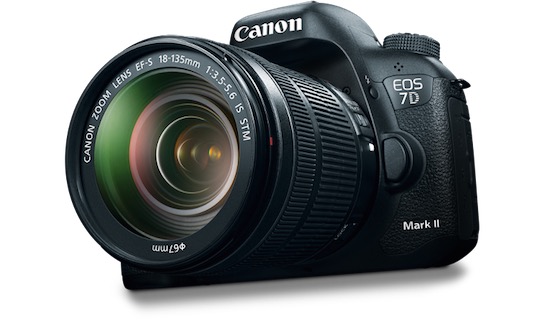
might be based on old technology, but don’t count them out just yet.
They are preferred by many photographers, and still have some advantages
over mirrorless cameras. (Photo courtesy of Canon)
Focusing system
Another limitation that is worth mentioning is the focusing system.Most mirrorless cameras use a technology called contrast detection,
which is simply not as fast as the traditional phase-detection method
used in DSLRs. While the former gives you access to a wider area of the
frame in which to focus, it simply cannot match the speed of the latter
which limits the appeal of mirrorless camera for things like sports and
fast-moving wildlife photography. Some manufacturers are starting to
utilize phase detection in their mirrorless models, as well as hybrid
systems that offer the best of both worlds, but for now it’s safe to say
that standard DSLRs are generally better suited for sports, wildlife,
and other types of action photography.
Other
Of course there are other limitations such as fewer lens options, LCDscreen refresh rates that can’t always keep up with DSLR viewfinders,
and more, but as technology advances much of this is being addressed.
Which is best for you?
Will mirrorless cameras ever reach full parity with DSLRs? Some thinkso, but others are not fully convinced. The important thing to remember
is it’s not about what other people think; it’s about what matters to
you. If you find a camera you like, and it serves your purposes as a
photographer, then it really doesn’t matter whether it’s a DSLR, micro
four thirds, full frame, medium format, or plain old 35mm film camera.
If it can take the pictures you want to take, then it’s probably the
right camera for you.
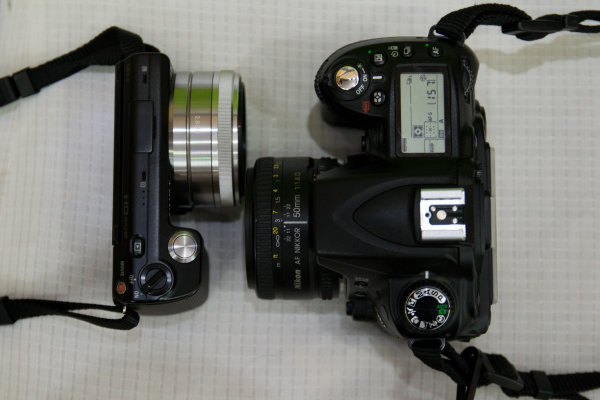
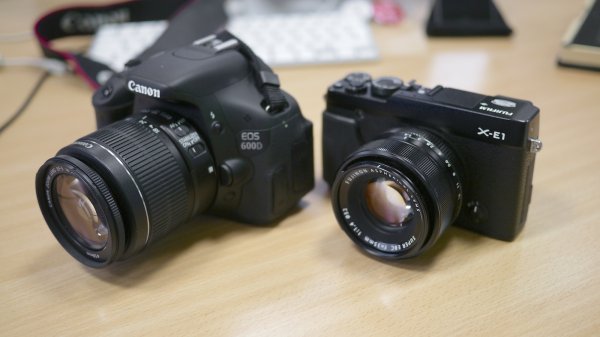
No comments:
Post a Comment